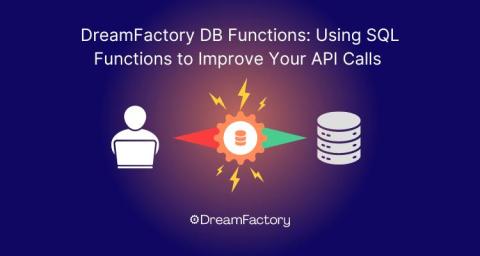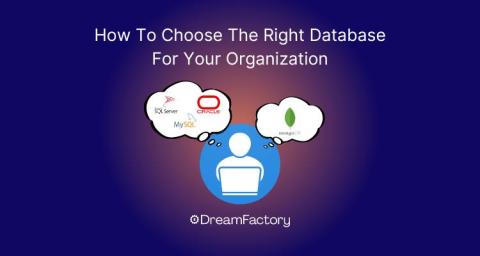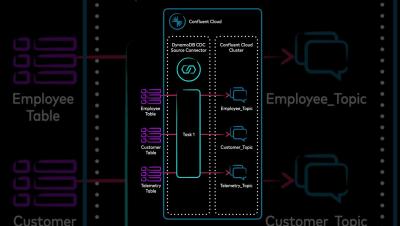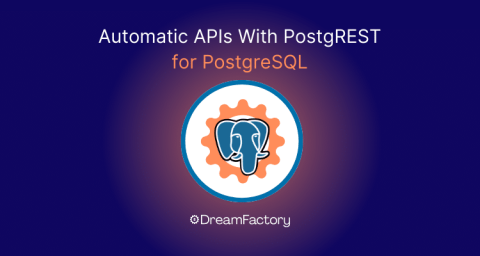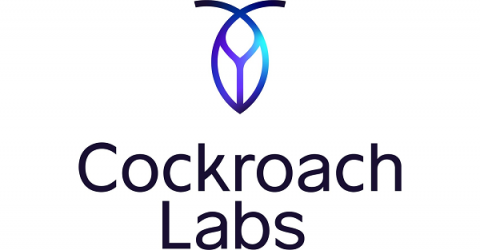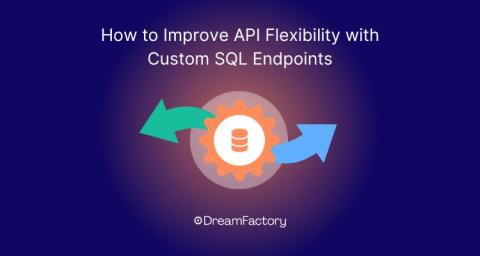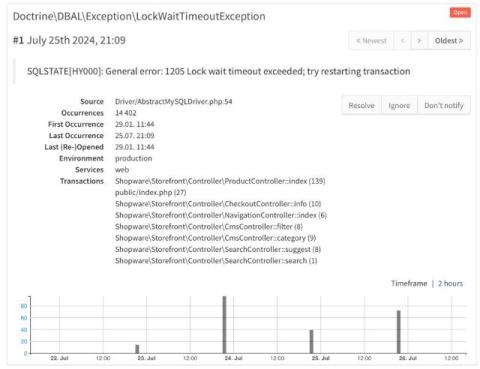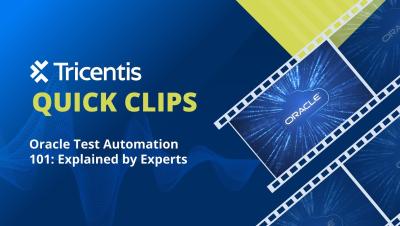DreamFactory DB Functions: Using SQL Functions to Improve Your API Calls
Picture this: a customer reaches out with a seemingly simple request—convert a date field to a different format in their API responses. The catch? They only have read-only access to their database, which means no schema updates, no new columns, just pure data transformation. This intriguing challenge led us down the rabbit hole to rediscover one of DreamFactory's most powerful yet underutilized features: enhancing API calls with SQL functions.


